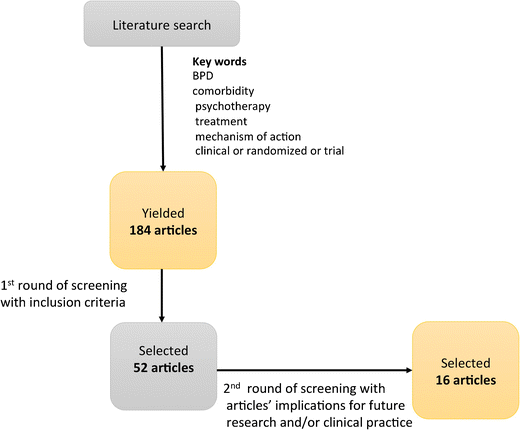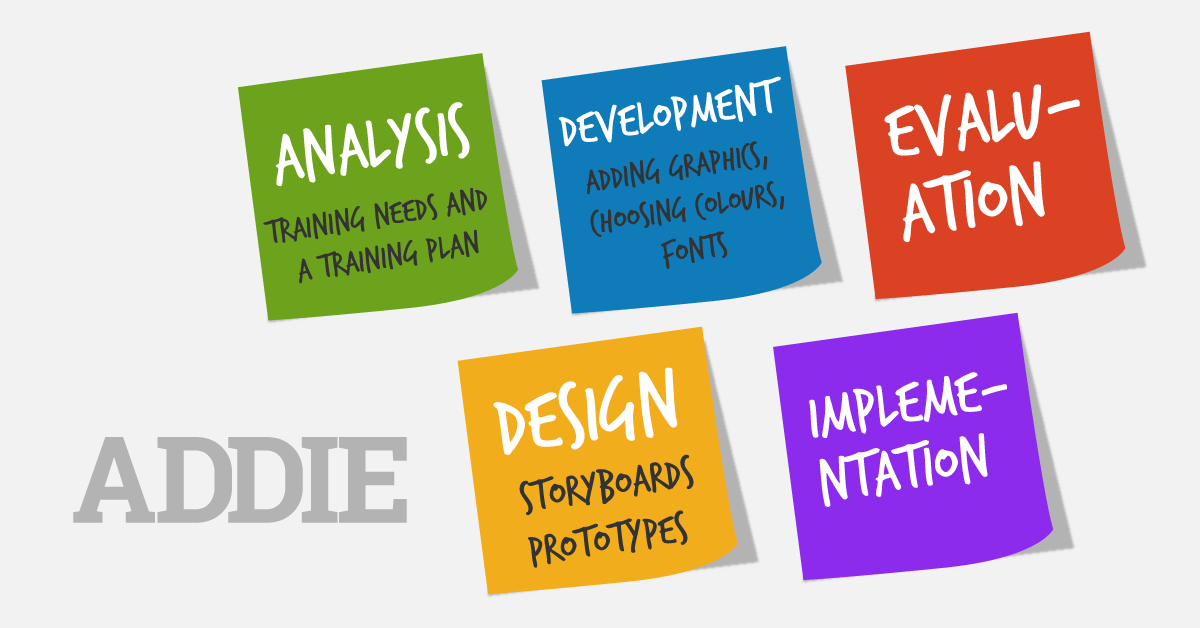- 5 Steps Psdialectical Behavioral Training Programs
- 5 Steps Psdialectical Behavioral Training Techniques
- 5 Steps Psdialectical Behavioral Training Certification
- Dialectical Behavioral Therapy Dbt Techniques
- Behavioural Training. Behavioural Training is an extremely important element of all corporate training programs for companies as globally it is recognized in inculcating the right attitude in their employees. 'If you want to change attitudes, start with a change in behaviour', says Dr. William Glasser who is the great psychiatrist from the US.
- Annual training days will help maintain your company’s ethical culture. Review workplace conduct standards and ethical business practices, and analyze industry-specific scenarios as a group. Hold training sessions in person instead of remotely in order to encourage dialogue, trust, and team problem solving.
Building Assertiveness in 4 Steps. Self-centered behavior in the aggressive person. So there is an astonishingly wide range of situations in which this training is appropriate. Three treatments: (1) Twelve-Step Facilitation Therapy, (2) Cognitive-Behavioral Coping Skills Therapy, and (3) Motivational Enhancement Therapy. Each treatment is delivered during a 12-week period by trained therapists following a standardized protocol. The project consists of two independent treatment-matching studies.
By Zainab Fazal, M.ADS, BCBA
bSci21 Contributing Writer
On June 22, 2015, I received a phone call from a staff at a local residential home serving adults with developmental disabilities. With a lot of excitement, she asked if I watched NBC Dateline the night before. Before I could answer, in even more excitement, she said, “that guy did that strategy you were talking about in class!”
Let me give you a little insight into what she was talking about. She was referring to the segment on NBC Dateline called “My kid would never do that: gun safety”, and the guy was Dr. Raymond Miltenberger.You can check out the segment here.
If you teach anyone, anything, behavior analysis has a secret to share with you. It’s the strategy the staff was talking about – Behavior Skills Training (BST). It is a method to teach students, staff, parents, and anyone else you are teaching a new skill. Dr. Miltenberger defines BST as “a procedure consisting of instruction, modeling, behavioral rehearsal, and feedback that is used to teach new behaviors or skills” (2004, p. 558). And that’s exactly what it is, a 4-step teaching strategy that works!
BST teaches a person what to do — that is, what behaviors to engage in under a particular circumstance.It allows for practice within the program so that the person can become fluent with the skills.It is an effective train-the-trainer procedure. And perhaps most importantly, can be individualized to each person. Sounds pretty good, doesn’t it?
Let’s break down each of the steps:
Instruction – Provide a description of the skill, its importance or rationale, and when and when not to use the skill. Repeat this step as necessary.
Modeling – Show your participant how to perform the skill. In-vivo modeling is recommended.
Rehearsal – Practice, practice, and practice! Allow the participant opportunities to practice the skill. Recent research suggests that participants should be able to practice in-situ. The trainer should record data on correct and incorrect responding during this step.
Feedback – The trainer should provide positive praise for correct responding and some form of corrective feedback for incorrect responses.
Some requirements before you can implement a BST program include: the person receiving the training must have the pre-requisite skills required for the behaviors you are teaching, the skill must include a chain of behaviors (a number of skills), and you must be able to role-play or video model the skills.
In a Registered Behavior Technician training course I was providing, I used BST to teach various skills to participants. Any skill I was teaching that met the afore-mentioned requirements I taught using BST. Based on the feedback forms from eight cohorts, participants reported that they enjoyed and learned the most when they got to practice the skills being taught, and got immediate feedback.
Here’s an example of how it was used in the training. The skill was implementing preference assessments with clients.
Instructions were provided on why preference assessments are done, when and with whom to do them, how to use the data sheet, the materials required, and how to complete the assessment.
I modeled completing a preference assessment, using one of the course participants as my “client.”
Participants paired up and practiced administering the preference assessment with their colleagues.Participants were able to practice the skill as each preference assessment included 30 trials!
I went to each group and provided feedback on what each person was doing correctly and incorrectly.
What have been your experiences with Behavior Skills Training? Let us know in the comments below. Also, be sure to subscribe to bSci21 via email to receive the latest articles directly to your inbox!
Recommended Readings:
Johnson, B.M., Miltenberger, R.G., Egemo-Helm, K., Jostad, C. J., Flessner, C., & Gatheridge, B. (2005). Evaluation of behavioural skills training for teaching abduction-prevention skills to young children. Journal of Applied Behavior Analysis, 38, 67-78.
Miles, N.I., & Wilder, D.A. (2009). The effects of behavioral skills trainingon caregiver implementation of guided compliance. Journal of Applied Behavior Analysis, 42(2), 405-410.
Miltenberger, R. (2004). Behaviour Modification: principals and procedure (3rd ed.) Belmont, CA. Wadsworth Publishing.
Miltenberger, R.G., Flessner, C., Batheridge, B., Johnson, B., Satterlund, M., & Egemo, K. (2004). Evaluation of behavioural skills training procedures to prevent gun play in children. Journal of Applied Behavior Analysis, 37, 513-516.
Steward, K.K., Carr, J.E., & LeBlanc, L.A. (2007). Evaluation of family-implemented behavioural skills training for teaching social skills to a child with asperger’s disorder. Clinical Case Studies, 6, 252-262.
Zainab Fazal, M.ADS, BCBA, began her career in the developmental disabilities field in 2002, and has dedicated her clinical work and research in the area of Applied Behaviour Analysis (ABA). She has worked for many years in assessing and developing comprehensive programs plans for children, youth, and adults with Autism Spectrum Disorders (ASD), learning disabilities, other developmental disabilities, behavioural challenges and mental health issues. Her recent work includes training front-line staff and teachers to use ABA in therapeutic and school settings, and has successfully trained individuals for the Registered Behaviour Technician credential with the Behaviour Analyst Certification Board. Oldies mixes 2site de dj brab. She is also an adjunct professor at Seneca College teaching ABA courses in the Behavioural Sciences program. Zainab is the founder and director of Phoenix Behaviour Services, a private practice in Toronto, Canada. You can follow her on twitter @Phoenix_ABA and reach her at zainab@pbxs.ca.
The Basics

The Pyramid Model for Promoting Social Emotional Competence in Infants and Young Children
(Pyramid Model)


What is the Pyramid Model?
The Pyramid Model is a conceptual framework of evidence-based practices for promoting young children’s healthy social and emotional development.
Who uses the Pyramid Model?
5 Steps Psdialectical Behavioral Training Programs
The Pyramid Model provides guidance for:
- early childhood special education personnel
- early intervention personnel
- early educators
- families
- other professionals
Who created the Pyramid Model?
The Pyramid Model was developed by two national, federally-funded research and training centers: The Center for the Social and Emotional Foundations for Early Learning (CSEFEL) and Technical Assistance Center on Social Emotional Intervention for Youth Children (TACSEI). These centers’ faculty represent nationally recognized researchers and program developers in the areas of social skills and challenging behavior.
NCPMI’s role in the Pyramid Model
It is our goal to provide states with the technical assistance and training to establish the systems and policies needed to adopt and sustain the implementation of the Pyramid Model. NCPMI is focused on the implementation of the Pyramid Model to promote the social, emotional, and behavioral outcomes of young children birth to five, address disparities in discipline practices, promote family engagement, use data for decision-making, and foster inclusion of children with, and at risk for, developmental delays and disabilities.
5 Steps Psdialectical Behavioral Training Techniques

Tried and Tested Results
5 Steps Psdialectical Behavioral Training Certification
Based on over a decade of evaluation data, the Pyramid Model has shown to be a sound framework for early care and education systems.
Dialectical Behavioral Therapy Dbt Techniques
Now let’s take a closer look at each level of the Pyramid Model.
/https%3A%2F%2Fblogs-images.forbes.com%2Finsertcoin%2Ffiles%2F2015%2F03%2Fwindows-10.jpg)